Do you know you can have a bountiful harvest from food scrap you’ve intended to toss away? By regrowing these kitchen remnants, you’ll not only save money on grocery bills but also reduce your carbon footprint by minimizing food waste. Moreover, the process is simple and accessible, making it a perfect project for families and individuals of all ages.
Read up to learn the secrets to turning onion bottoms into lush green onion stalks, celery bases into crunchy celery stalks, and lettuce stumps into vibrant salad greens.
#1. Potato
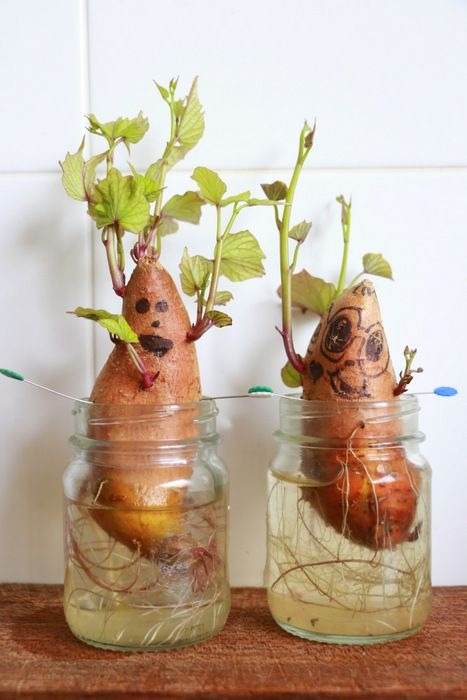
Potatoes are easy to grow from the eyes or sprouts that form on old potatoes. You can experiment with different varieties of potatoes, such as russet, Yukon gold, red, purple, or fingerling.
#2. Scallions
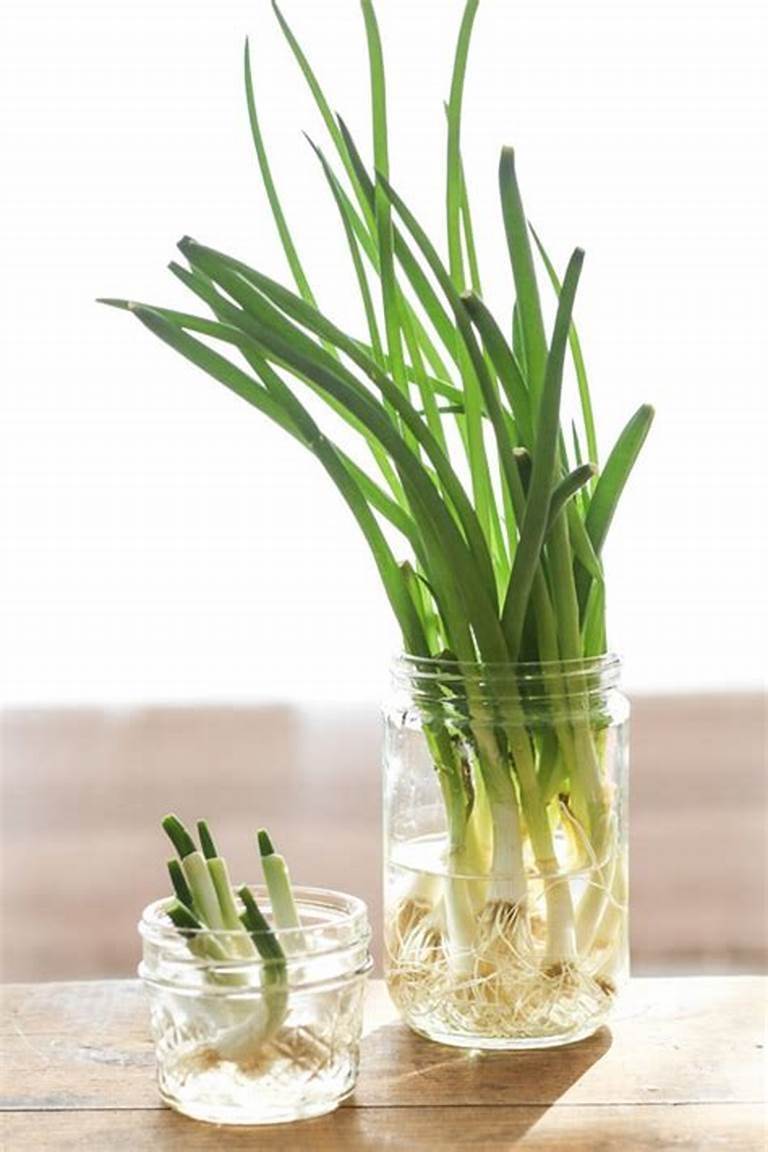
Scallions, also known as green onions or spring onions, are easy to grow from the white bulb ends that you usually discard after chopping them. All you need is a glass of water, a sunny window, and some patience.
#3. Garlic
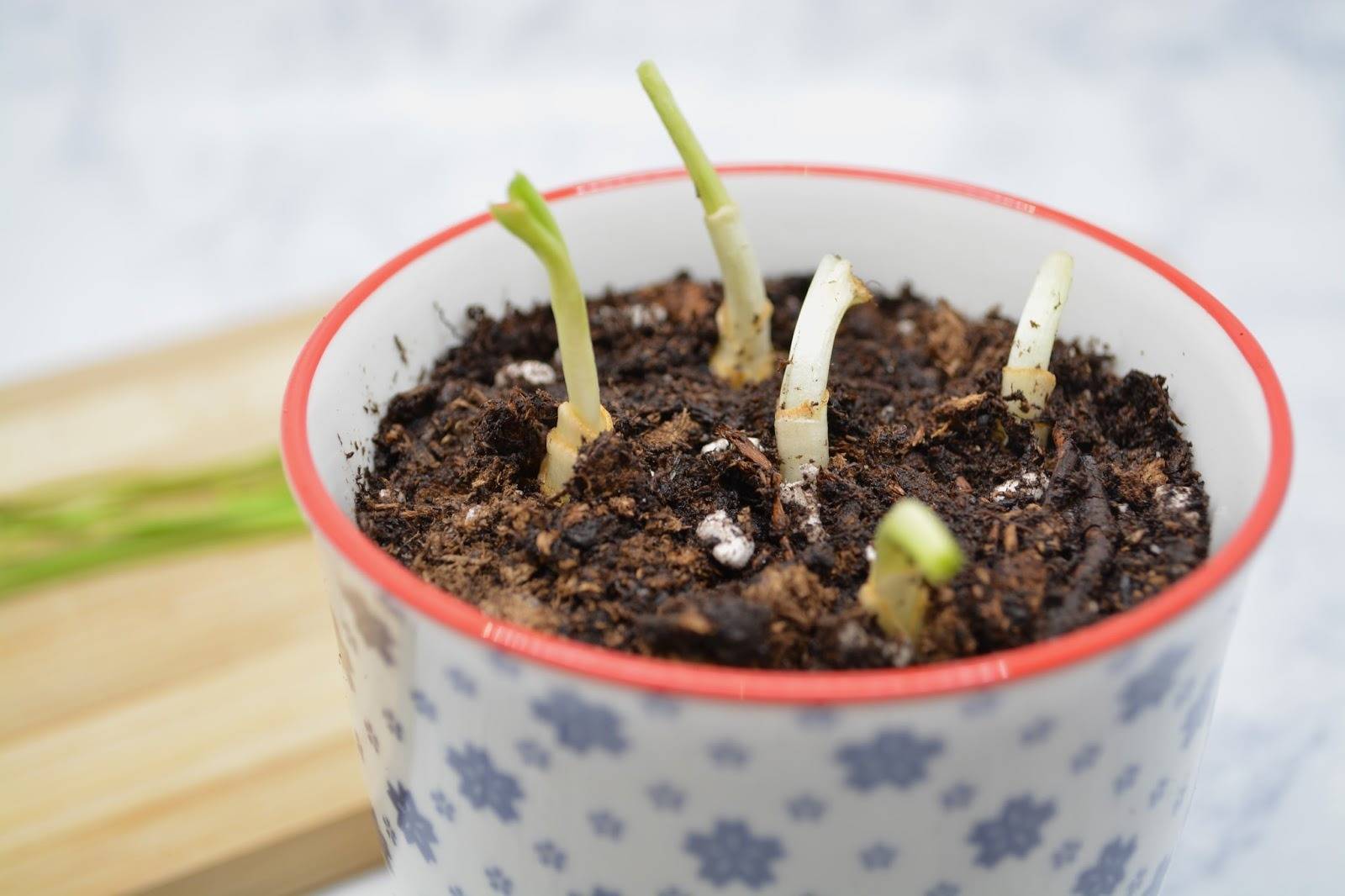
You can regrow garlic in soil, either in a pot or in your garden. Place the garlic bulbs in a glass or jar with enough water and watch new green shoots emerge from the tops of the bulbs in a few days.
#4. Celery
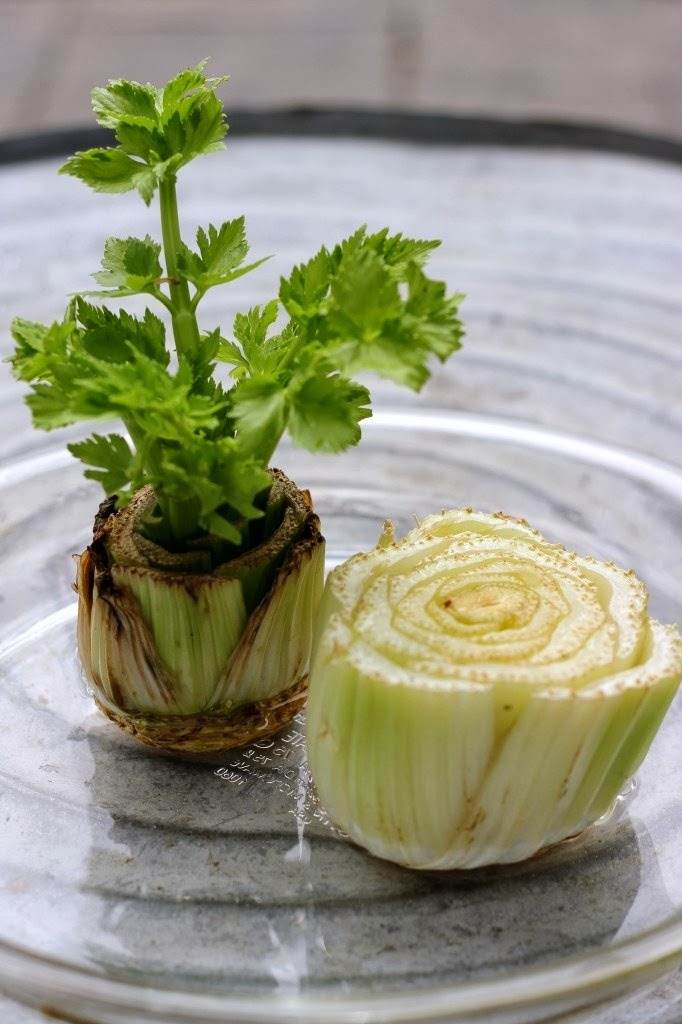
After cutting off the end of a bunch of celery to about 2 to 3 inches from the base, place the celery base in a small bowl or jar with water and settle it in a sunny area. Your celery is ready to harvest when the stalks are about 8 to 10 inches tall.
#5. Carrot
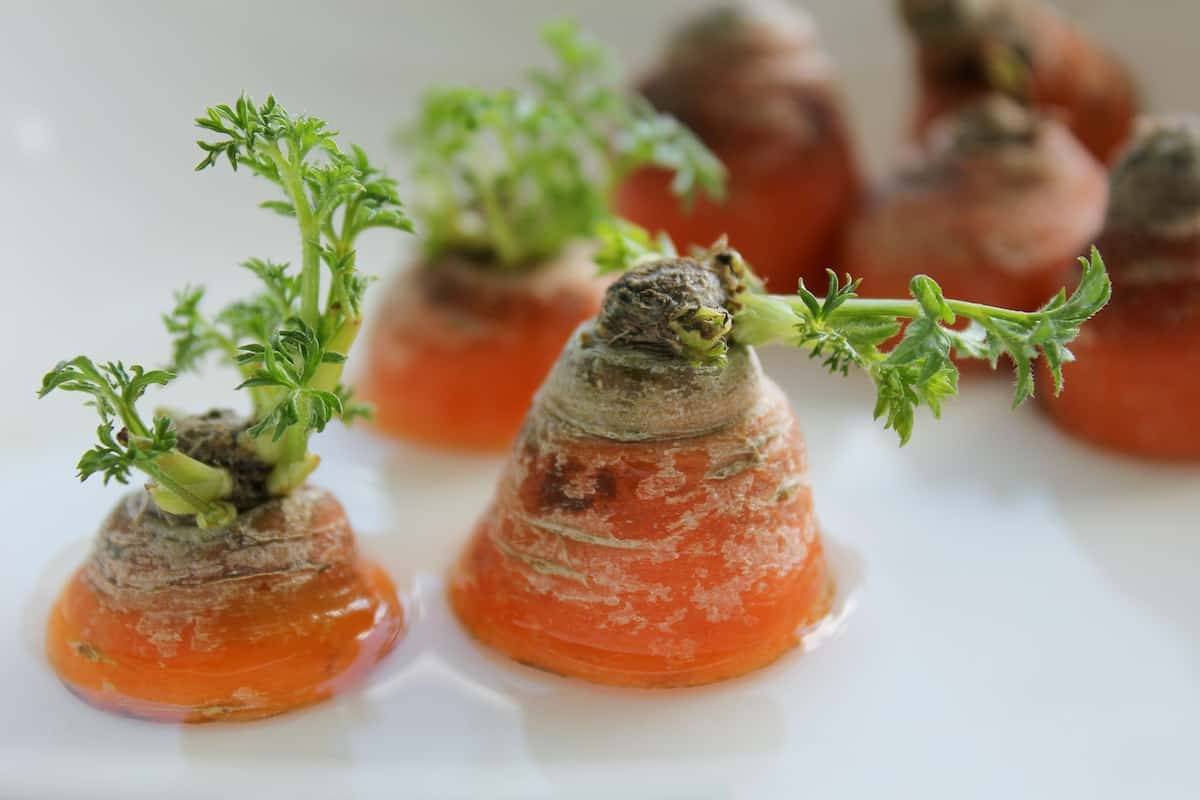
Carrot greens are the leafy tops of the carrot plant that are often discarded, but they are edible and can be regrown. You should choose organic carrots that have healthy green tops attached and avoid the ones that are wilted, bruised, or rotten.
#6. Radish
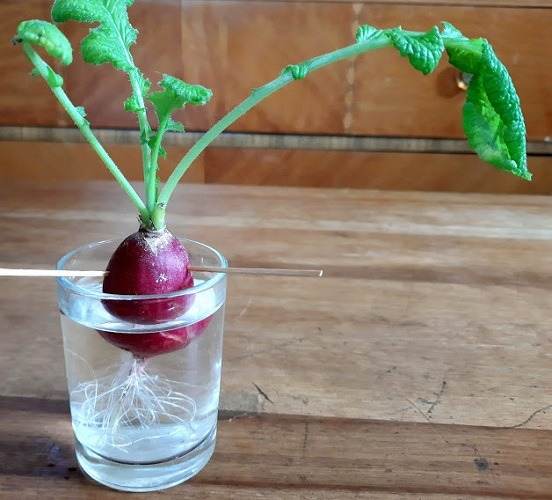
To regrow radishes, place them in water, and plant them in moist, well-drained soil about two inches deep and six inches apart, with the green parts above the soil. You can experiment with different varieties of radishes, such as red, purple, or white.
#7. Lettuce
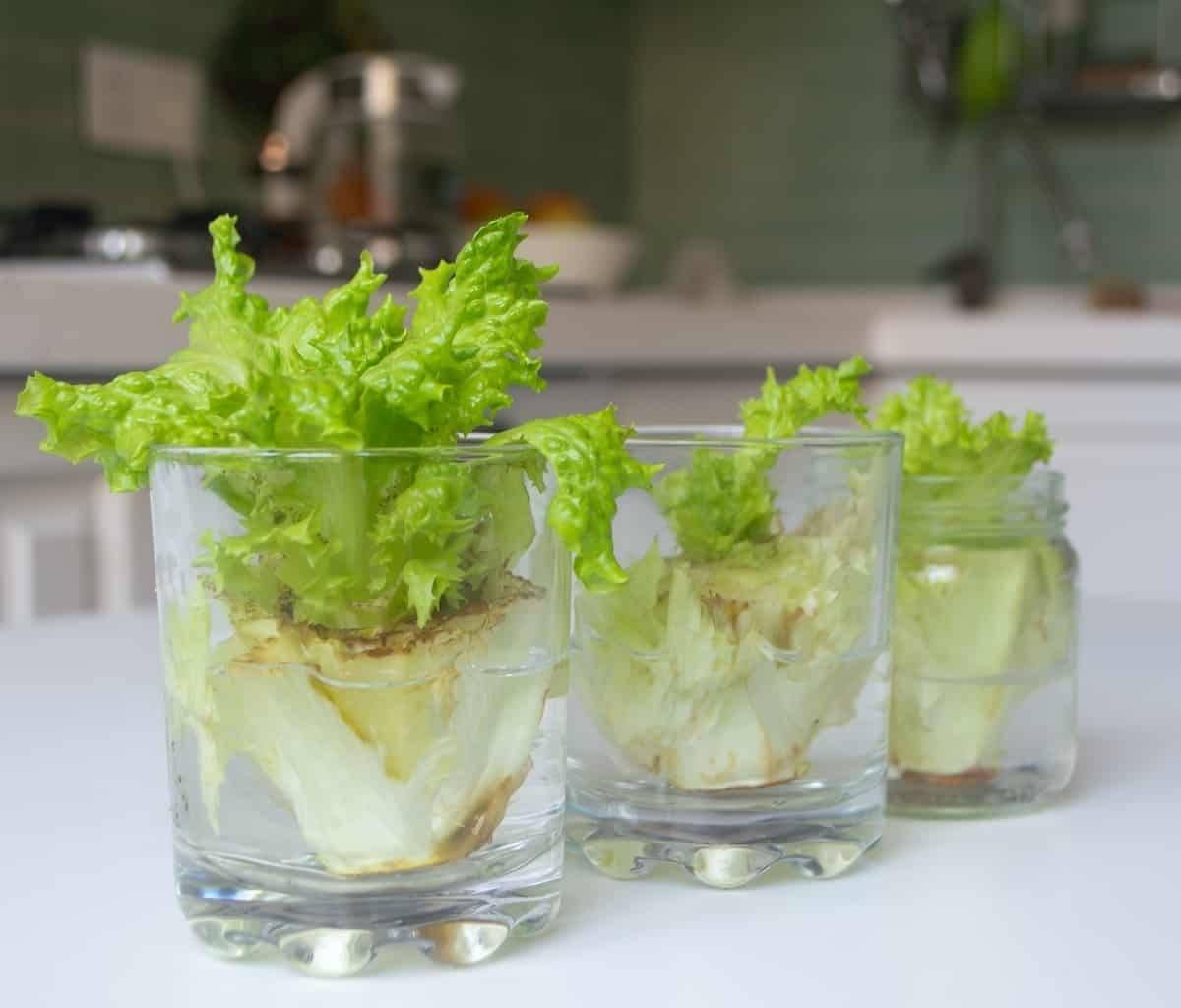
Lettuce is ready when they are about four or five inches long. To harvest, simply snip off the leaves with scissors and use them as you would normally.
#8. Bok choy
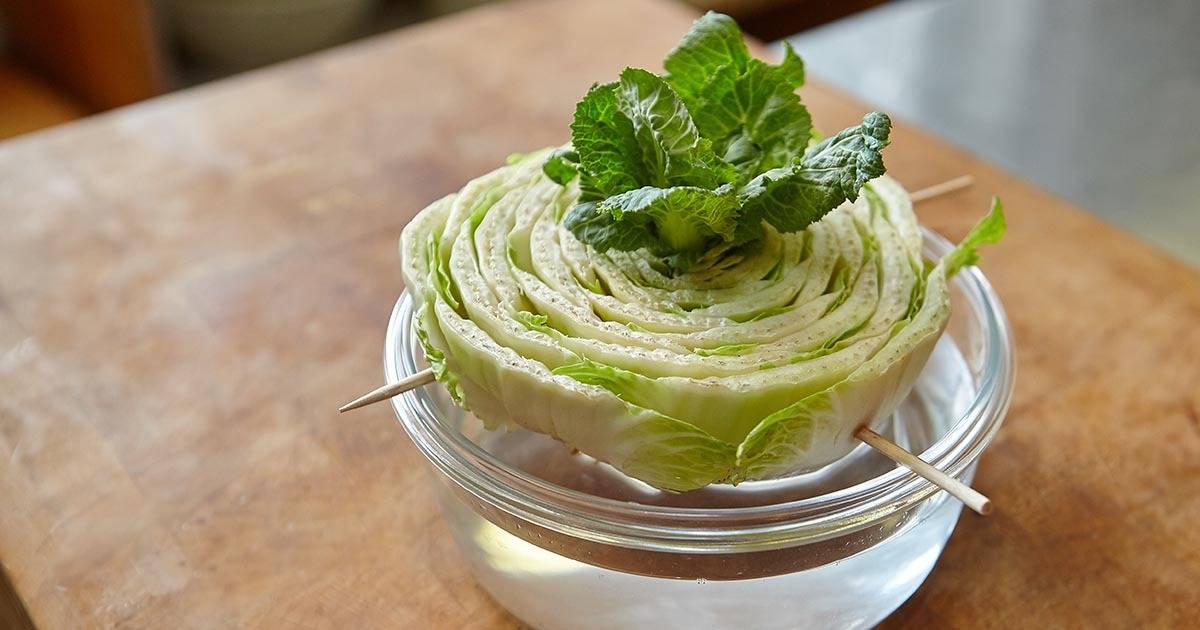
The next time you eat bok choy, make sure not to throw away the base. Instead, set it in a basin of water and place it on your windowsill or kitchen garden.
#9. Mint
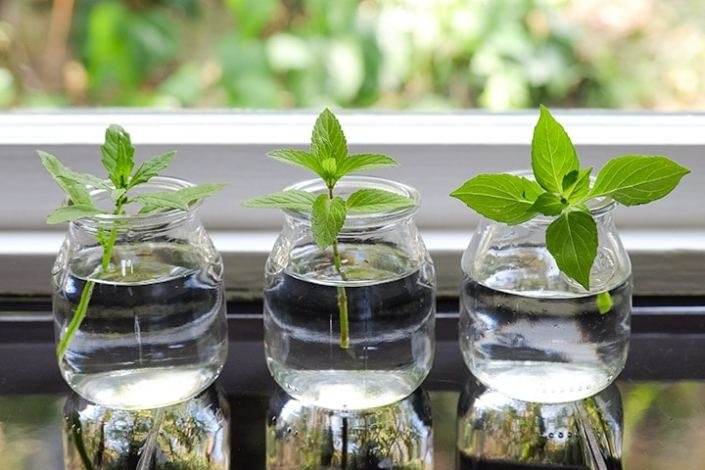
Mint is a fragrant and flavorful herb that can be easily grown from stem cuttings. Remember to keep your jars out of direct sunlight and change the water every day.
#10. Basil
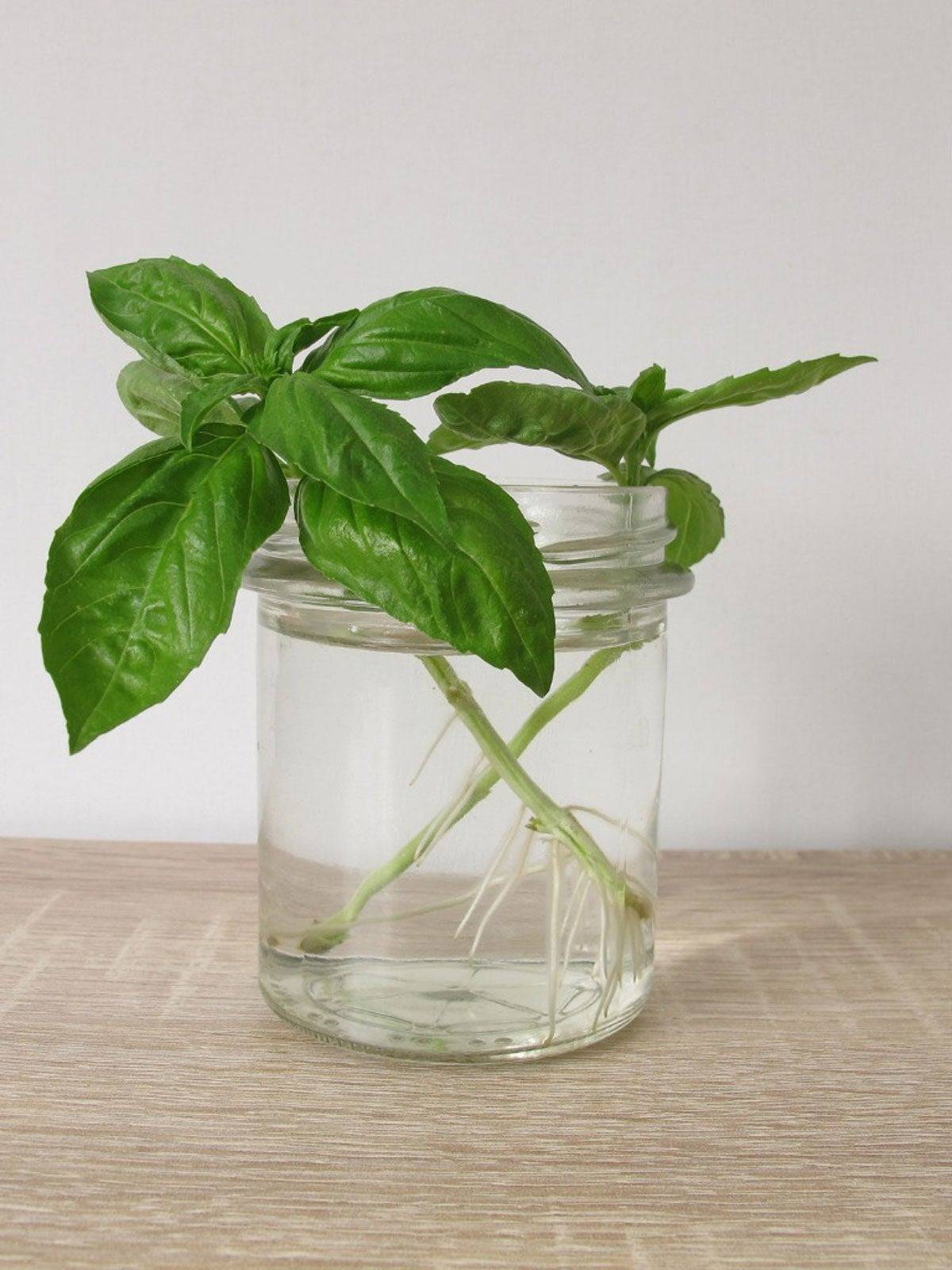
Basil can be regrown from stem cuttings like mint. When watching thicker roots sprout, transplant the basil into a flower pot filled with potting soil.
#11. Shallot
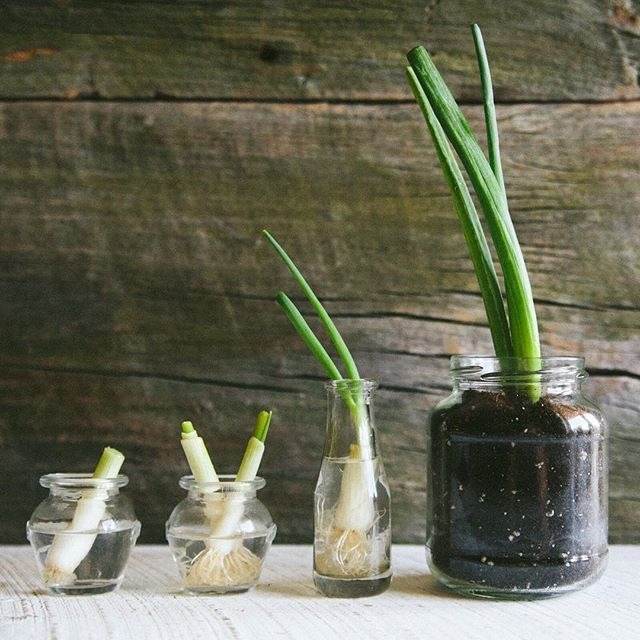
To grow shallots, cut off the white stem of the shallots, leaving about 4 to 5 centimeters above the roots. You can use the rest of the shallots for cooking or eating.
#12. Rosemary
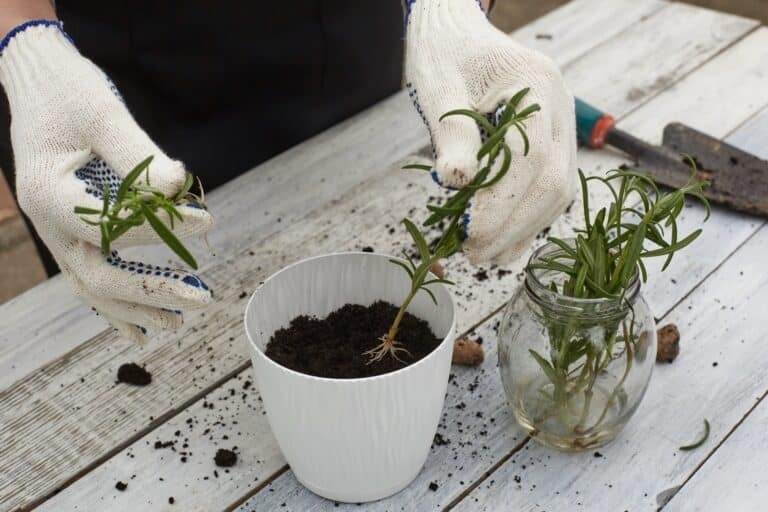
To grow rosemary indoors, you can use the stem cuttings from an existing plant or buy a sprig of rosemary from the store. The most ideal time to start planting is in spring or summer.
#13. Cilantro
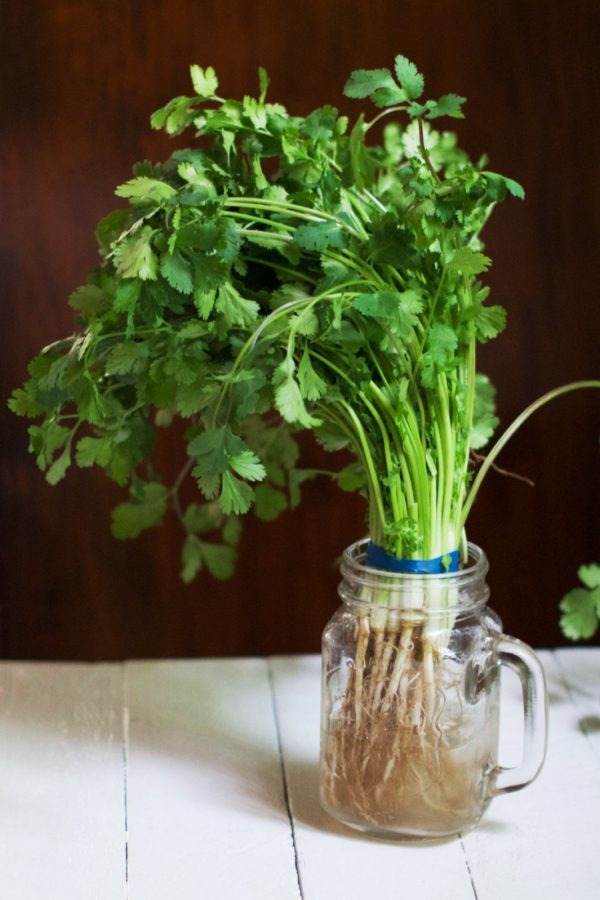
The stems of cilantro should be healthy and have plenty of leaves. In addition, avoid stems that are not wilted or showing any disease symptoms, such as powdery mildew.
#14. Bulb fennel
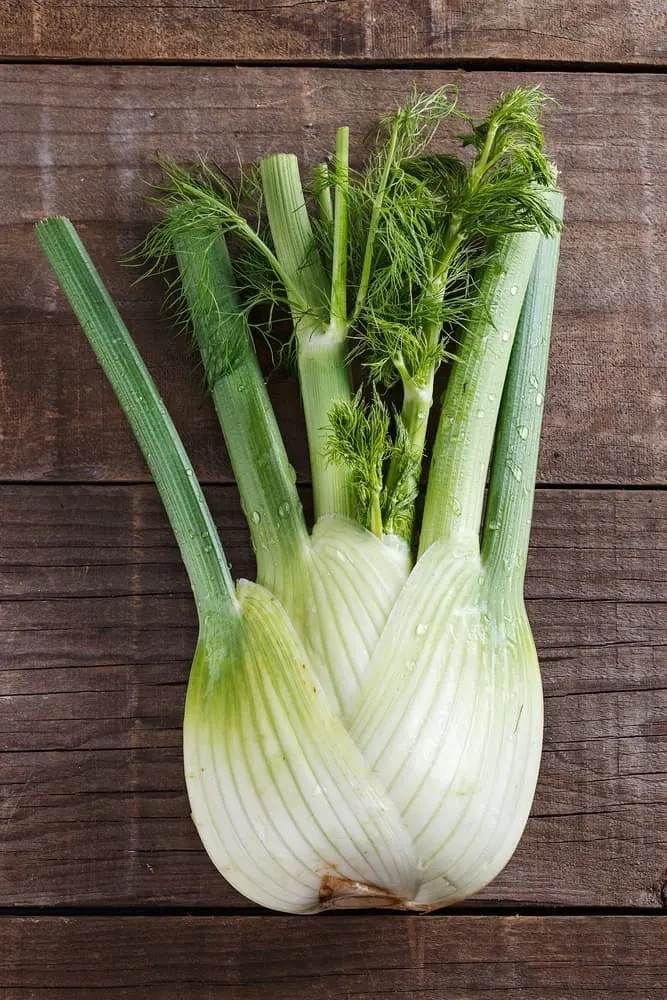
If you regrow bulb fennel in water, change the water frequently and add some liquid fertilizer once a month. Harvest the fennel greens as needed by cutting them with scissors.
#15. Ginger
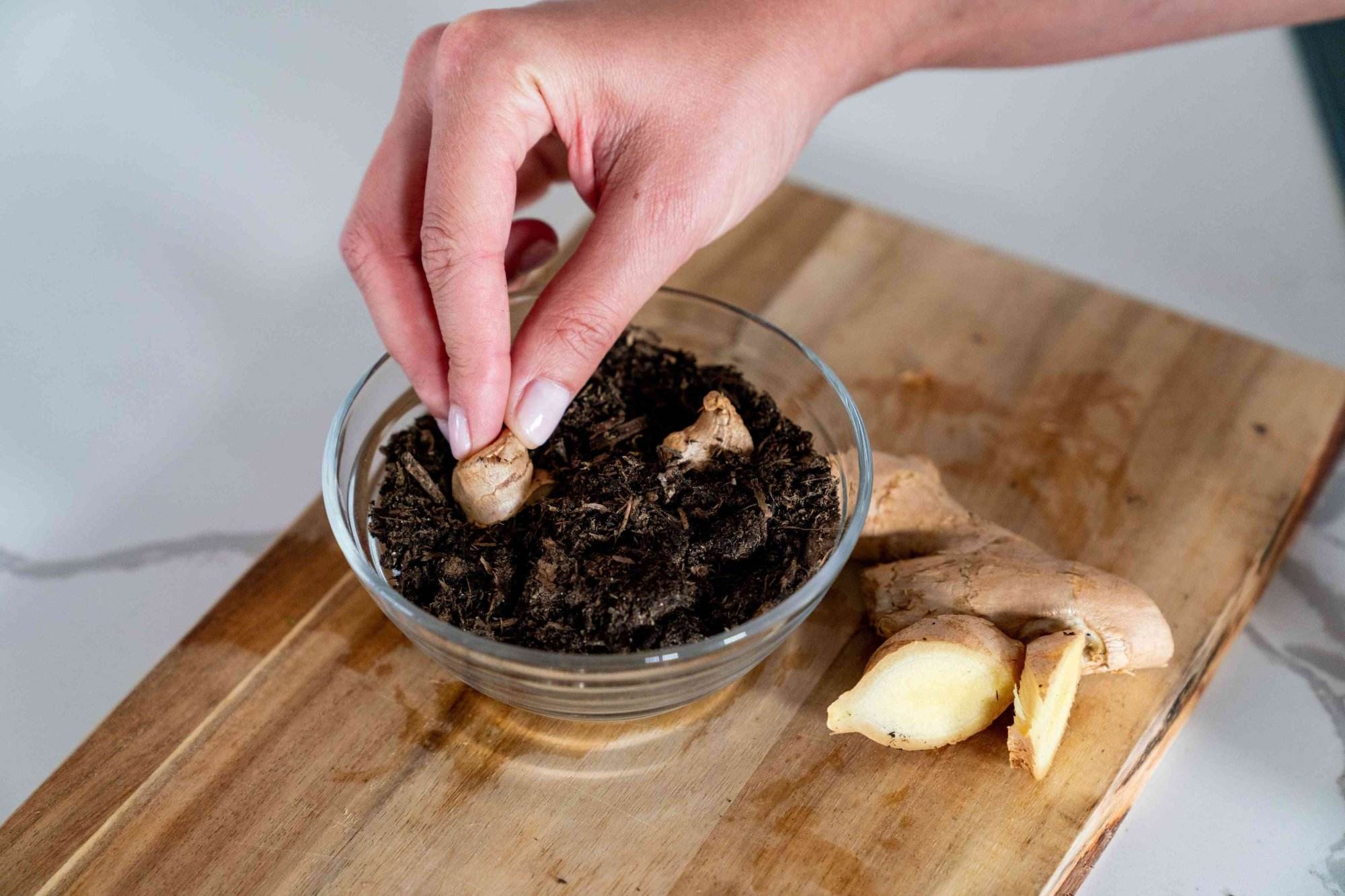
The ginger plant is ready to harvest when the leaves start to turn yellow and the plant begins to die back. This usually takes about 8 to 10 months after planting.
If our article about regrowing vegetables from scraps has sparked your curiosity and ignited your passion for sustainable gardening, we would like to have your support by liking, commenting, and sharing your favorite regrowth techniques, tips for nurturing your kitchen garden, and the joy of harvesting fresh produce right from your kitchen counter.
